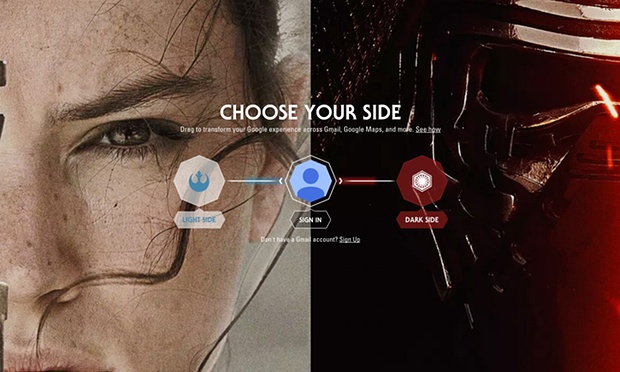Google Voice Search – Records Conversation of User
Google voice search tends to record all that the user has said around it for years and they can also listen to it. The company tends to unobtrusively record several of the conversations which people seem to have around it products. The feature seems to work as a means of enabling people search with their voice and storing these recordings could probably help Google to improve its language recognition tools and the outcomes it provides to the people.
However it also seems to come with a simple way of listening and deleting all the information it tends to collect that is done via a special page which tends to bring the information together which Google has regarding the activity of the user. This is found by going to Google’s history page and viewing the list of recordings.
A specific audio page has been provided by the company and another for activity on the web that tends to portray the records that Google has recording your activity on the internet. The new portal had been introduced in June 2015 and has been active for the last one year which means that now it is possibly full of the things said that the user would be under the impression of it being private.
Recordings – Form of a Diary with Reminders
These recordings could work as a form of a diary, with reminders of the many places as well as the situations which the user and the phone had been engaged in. Moreover it could also be a reminder of how much information has been gathered by the user and how intimate the said information could be. An Android phone would get to see more on activating by just saying `OK Google’.
The recordings will be available on whatever device the user may have interacted with Google. One can listen through all the recordings on the pay and can also see information regarding how the sound had been recorded, if it was through the Google app or any other app. Moreover one can have any transcription of what could have been said if Google had turned it into text successfully.
To Stop Google from Recording – Turn Off Virtual Assistant
But probably the most valid reason for visiting the page would be to delete all that is there, if one desires it, which can be done by selecting specific recordings or delete all in one go. In order to delete certain files, one could click the check box towards the left and move back to the top of the page selecting `delete’.
To delete all that is recorded, one can press the `More’ button and select `Delete options’ and then `Advanced’ and click through. The simplest means of stopping Google from recording everything is to turn off the virtual assistant and on no occasion use voice search.
However that solution also tends to get at the vital problem of ample privacy as well as date use, presently. In doing so, it tends to cut off one of the most useful thing regarding the use of Android phone or using Google search






















